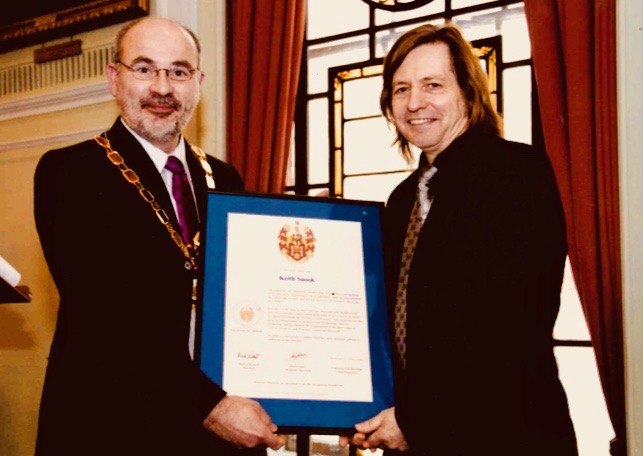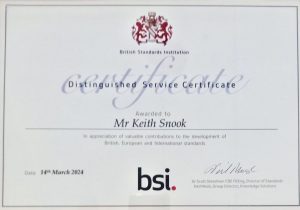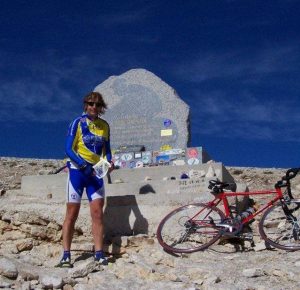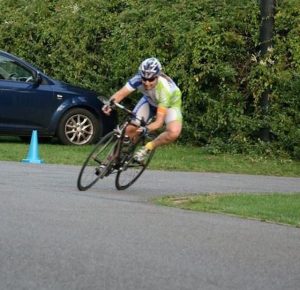It works best if KS3c is retained. Retained means brought in to the project, preferably quite early-on, to get a feel for it and so a head start when the phone rings and you have questions. It also involves KS3c holding copies of key drawings and specifications but these continue to belong to you. A retained period is for one calendar year after which time it can be extended or terminated when any information is returned and records closed. A retention can be terminated at any time – e.g. for speedy projects done and dusted in a short space of time. It can also be extended (pro rata) beyond completion if you see a benefit in being able to pick up the phone and ask about something.
The basic charge is a day rate built up from an hourly rate and each intervention is charged according to an agreed scope for whatever the issues are. If KS3c is retained there is no charge for the time involved in agreeing the scope of each intervention so you can make up your mind without further cost. If KS3c is not retained there will be cost involved for the time necessary in familiarisation with your project.
What are the charges?
Who is KS3c?
Keith Snook HonMCIAT
After studying Building Technology at Brunel University I worked as a contracts manager for three years and then spent seven years at the Building Research Establishment (BRE), doing research on the related subjects of Project Information and on Achievement of Quality on Site.
I was then in practice for five years as Technical Adviser and Quality Manager for multidisciplinary design practice YRM Partnership Limited, and after that for three years running my own consultancy, in quality management, technical issues, research and expert witness reports.
I took up the Director of Practice role at the RIBA in 1995, and in 2003 became the first Director of Research and Development. My efforts were recognized with an Honorary CIAT membership in 2008.

In 2011 I left RIBA and after a short period engaged in technical writing projects I returned to BRE looking at future BREEAM technologies, with reference to the BIM/Big Data-enabled world. I retired from BRE in July 2018 (see this press release from CIAT on my retirement: “Keith Snook HonMCIAT retires”).
I have been a guest lecturer and essay/thesis supervisor for the IDBE (Interdisciplinary Design in the Built Environment) Masters course at Cambridge University.
Over the years I have served on a number of Standards writing committees and In 2013 I was commissioned to redraft BS7000-4 on design management (further updated 2024) and also a new British Standard BS8000-0 about workmanship.
In April 2024 I stood down from my work for BSI on various groups and committees including chairing the committees dealing with Workmanship and General Design and Construction Standards.
I was presented with a certificate recognising my services.

In 2016 I published BIM – it’s about the planet, an overarching view on Building Information Modelling (BIM) and its role in the future particularly for sustainability.
I started cycle racing again at 50 (after 18 years away) and now compete in mostly fast and furious veteran’s circuit races and also other open and club level events.

